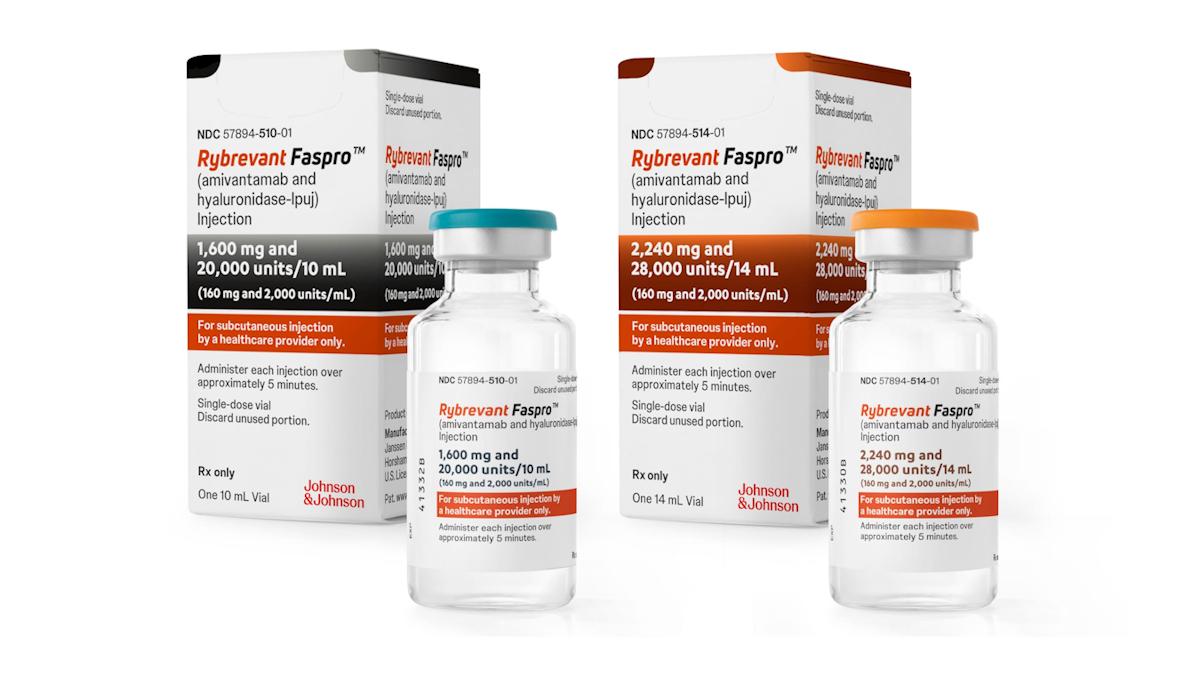AZ's Fasenra on target in nasal polyps trial

AstraZeneca’s Fasenra (benralizumab) injected drug cuts the size of nasal polyps and nasal blockage in patients with chronic rhinosinusitis with nasal polyps (CRSwNP).
The company announced top-line results from the phase 3 OSTRO trial, which lasts for 56 weeks and compared Fasenra with placebo.
Fasenra demonstrated a statistically significant improvement in the endoscopic total nasal polyp score and the nasal blockage score compared to placebo, in patients with severe disease who were still symptomatic despite continued treatment with standard of care.
The drug, which can be administered by a patient, is already approved for severe asthma in the US, EU, Japan and other countries.
Standard care for CRSwNP consists of corticosteroids in the nose, after surgery and/or systemic corticosteroids.
Nasal polyp score was based on a physician assessment of polyp size during endoscopy and, blockage score was based on a patient-reported symptoms diary.
CRSwNP is an inflammatory disease associated with elevated levels of eosinophils in the upper respiratory tract and characterised by benign growths called nasal polyps.
Polyps can cause nasal blockage and discharge, reduction or loss in the sense of smell, sleep disturbances and other adverse effects on quality of life.
The safety profile and tolerability of Fasenra in this trial were consistent with the known profile of the medicine, said AZ.
Fasenra was evaluated in patients, regardless of blood eosinophil count with or without asthma, who were symptomatic despite standard therapy, including current use of INCS and prior surgery and/or use of systemic corticosteroids.
Patients were randomised to receive either Fasenra 30mg or placebo subcutaneously every four weeks for the first three doses and every eight weeks thereafter.
Fasenra works by binding directly to IL-5 receptor alpha on eosinophils, which become over-stimulated in certain respiratory diseases.
The drug attracts natural killer cells to induce rapid and near-complete depletion of eosinophils via programmed cell death.












